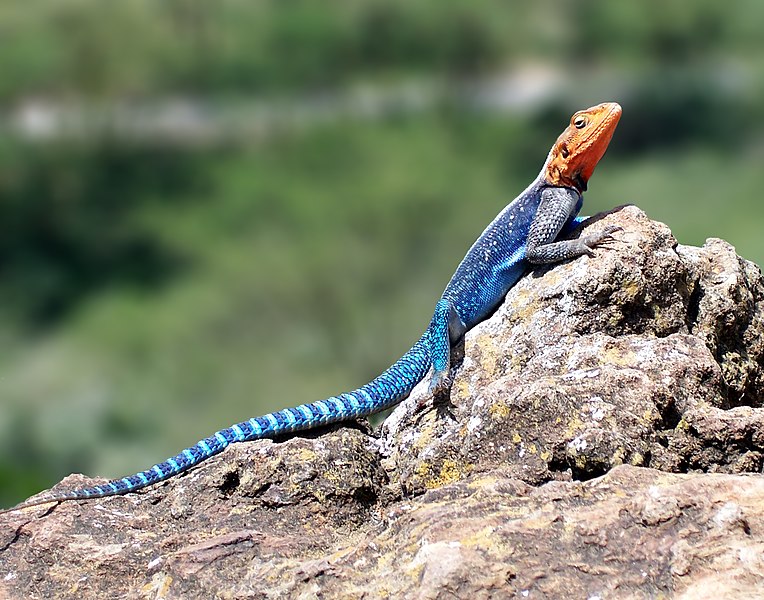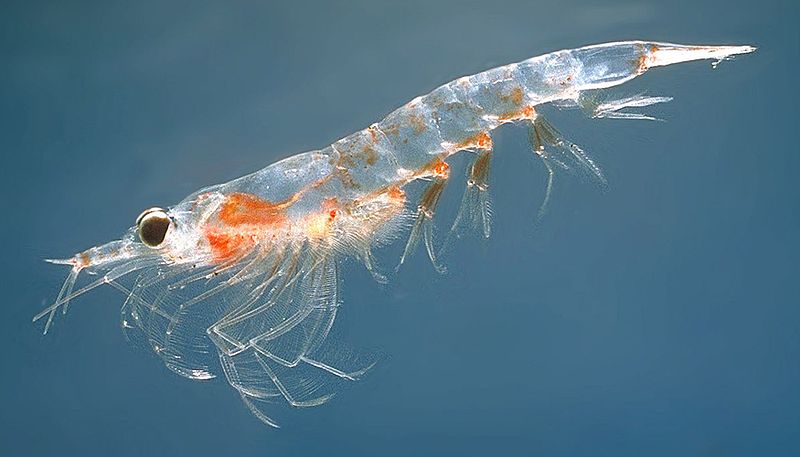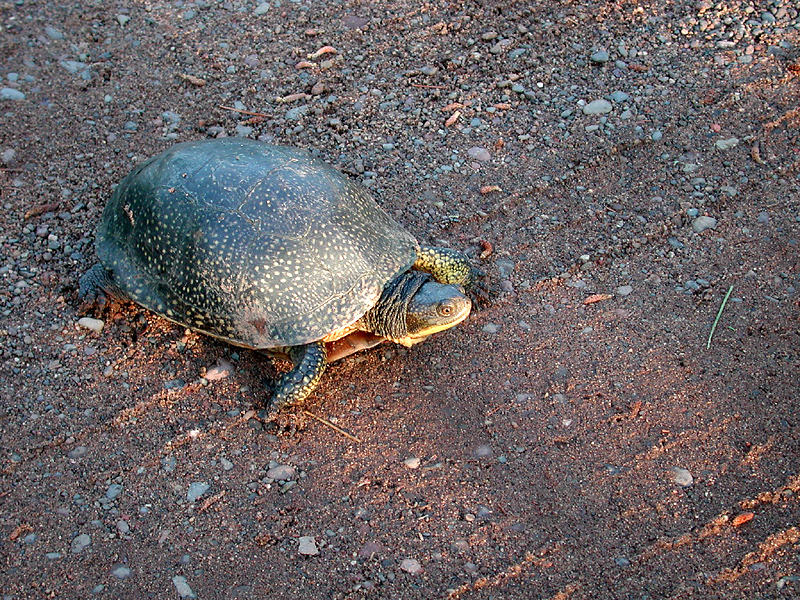 Please see Part I of this article for a description of UVA light, information about its importance to reptiles and amphibians and its role in their captive husbandry.
Please see Part I of this article for a description of UVA light, information about its importance to reptiles and amphibians and its role in their captive husbandry.
Light and Heat
In addition to promoting natural behavior and improving the appetites of many captive reptiles and amphibians, ( Part I), the light emitted by UVA bulbs will also accentuate your pets’ natural colors.
The models listed below are incandescent, and therefore provide heat and encourage basking. When placed in close proximity to florescent UVB bulbs (which emit little heat), UVA bulbs can help assure that your pets receive the full spectrum of essential light rays.
Light Cycle
The length of the UVA light cycle provided is critical, especially for those creatures that are native to areas subjected to seasonal changes in sunlight intensity and duration. Ideally, you should study the natural habits and ranges of the animals in your collection, and endeavor to provide them with an appropriate light cycle.
Suggested UVA-Emitting Bulbs (Lamps)
Zoo Med manufactures a number of useful UVA bulbs.  Repti-Halogen Bulbs are available in 50-150 watt sizes. Repti-Basking Spotlights offer a narrow, tight beam, and range in size from 25-150 watts.
Repti-Halogen Bulbs are available in 50-150 watt sizes. Repti-Basking Spotlights offer a narrow, tight beam, and range in size from 25-150 watts.
Zoo Med Turtle Tuff Halogen Bulbs are water-resistant, and so can stand up to the splashing that is so common around aquatic turtle basking areas without breaking. They have an average life of 2,500 hours.
Other high quality UVA bulbs include the Hagen Sun Glo Daylight Halogen and R-Zilla’s Spot Day White Bulbs and Incandescent Day White Bulbs.
 That Reptile Blog – Reptile, Amphibian and Exotic Pet Care and Information
That Reptile Blog – Reptile, Amphibian and Exotic Pet Care and Information


 Some years ago a herpetologist of my acquaintance, noting that krill were quite high protein and calcium, decided to use this food as a major part of the diet of a group of Blanding’s turtles (Emydoidea blandingii) that had hatched in his collection. The diet he used, simple by current standards, was comprised of 50%
Some years ago a herpetologist of my acquaintance, noting that krill were quite high protein and calcium, decided to use this food as a major part of the diet of a group of Blanding’s turtles (Emydoidea blandingii) that had hatched in his collection. The diet he used, simple by current standards, was comprised of 50%  The Antarctic krill, Euphausia superba, may be the planet’s most numerous species…550 million tons of them are swimming in the southern Pacific Ocean at any one time (our own biomass tops out at a mere 110 million tons). Krill form nearly 100% of the diet of certain seals, whales, birds, shrimp, squid and fishes.
The Antarctic krill, Euphausia superba, may be the planet’s most numerous species…550 million tons of them are swimming in the southern Pacific Ocean at any one time (our own biomass tops out at a mere 110 million tons). Krill form nearly 100% of the diet of certain seals, whales, birds, shrimp, squid and fishes. While reviewing the outdoor
While reviewing the outdoor  Certain reptiles, such as adult green and rhinoceros iguanas, spur-thighed (“Sulcata”) and other large tortoises, tegus, and larger monitors are almost impossible to keep properly indoors. Others fare far better when given outdoor access for at least part of the year…success with chameleons, for example, nearly always soars once they are introduced to well-planted outdoor cages. They and other species are often stimulated to breed by a change in environment as well. Mixed species displays and many arboreal animals are also far easier to accommodate in large outdoor quarters.
Certain reptiles, such as adult green and rhinoceros iguanas, spur-thighed (“Sulcata”) and other large tortoises, tegus, and larger monitors are almost impossible to keep properly indoors. Others fare far better when given outdoor access for at least part of the year…success with chameleons, for example, nearly always soars once they are introduced to well-planted outdoor cages. They and other species are often stimulated to breed by a change in environment as well. Mixed species displays and many arboreal animals are also far easier to accommodate in large outdoor quarters.
 50-75% of the diet of African clawed frogs (several species) and of fire-bellied, red-spotted, California, ribbed, alpine and crested newts, among others.
50-75% of the diet of African clawed frogs (several species) and of fire-bellied, red-spotted, California, ribbed, alpine and crested newts, among others. Except for live food specialists such as the mata mata, nearly every aquatic and semi-aquatic turtle relishes ReptoMin and freeze dried shrimp. Due to the high calcium needs of growing turtles, I tend to supplement their diets quite frequently with whole fishes and crayfish as well. I vary the percentage of ReptoMin with the species and situation, but usually rely upon it heavily.
Except for live food specialists such as the mata mata, nearly every aquatic and semi-aquatic turtle relishes ReptoMin and freeze dried shrimp. Due to the high calcium needs of growing turtles, I tend to supplement their diets quite frequently with whole fishes and crayfish as well. I vary the percentage of ReptoMin with the species and situation, but usually rely upon it heavily. For those pets that require larger food items as they grow (i.e. the huge African clawed frog pictured here) you can offer the same basic nutrients by switching from Select-A-Food to a combination of ReptoMin Food Sticks,
For those pets that require larger food items as they grow (i.e. the huge African clawed frog pictured here) you can offer the same basic nutrients by switching from Select-A-Food to a combination of ReptoMin Food Sticks,